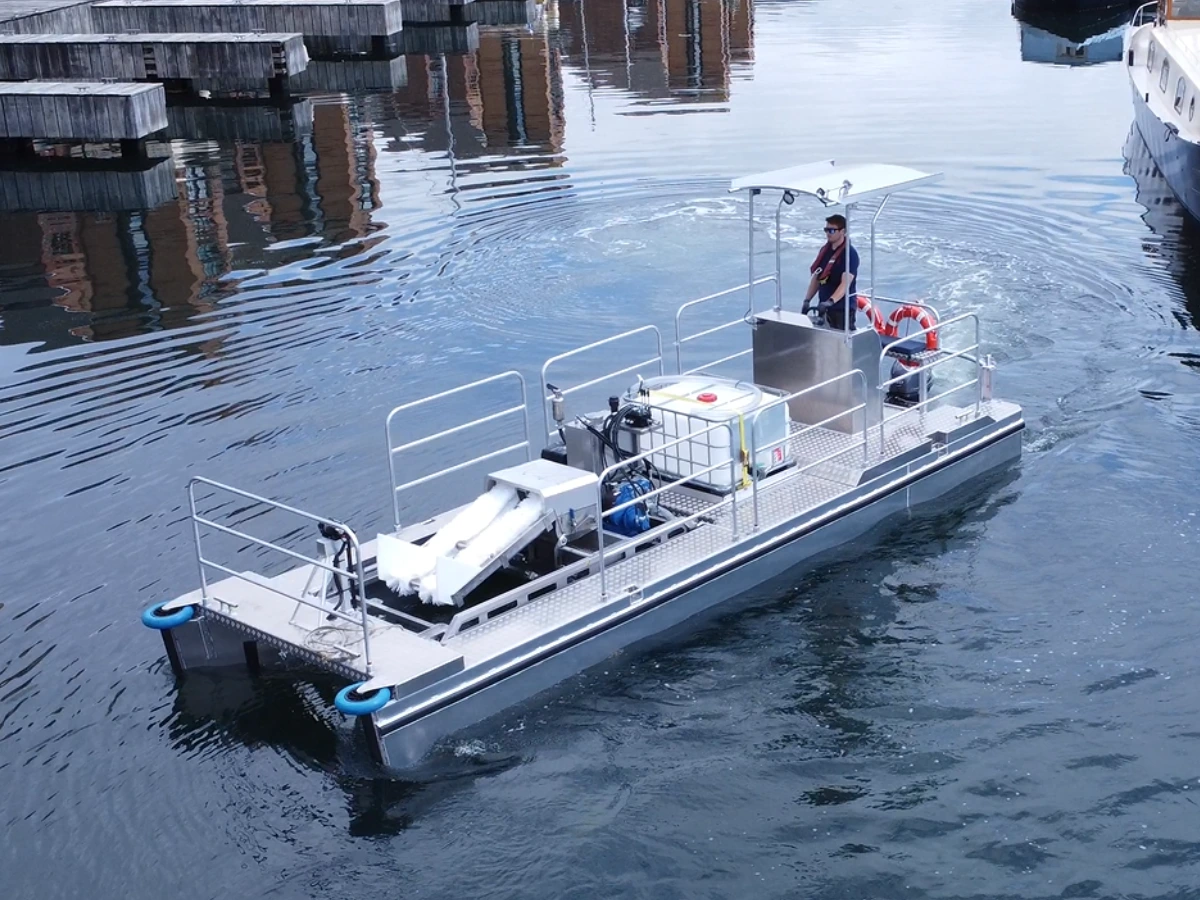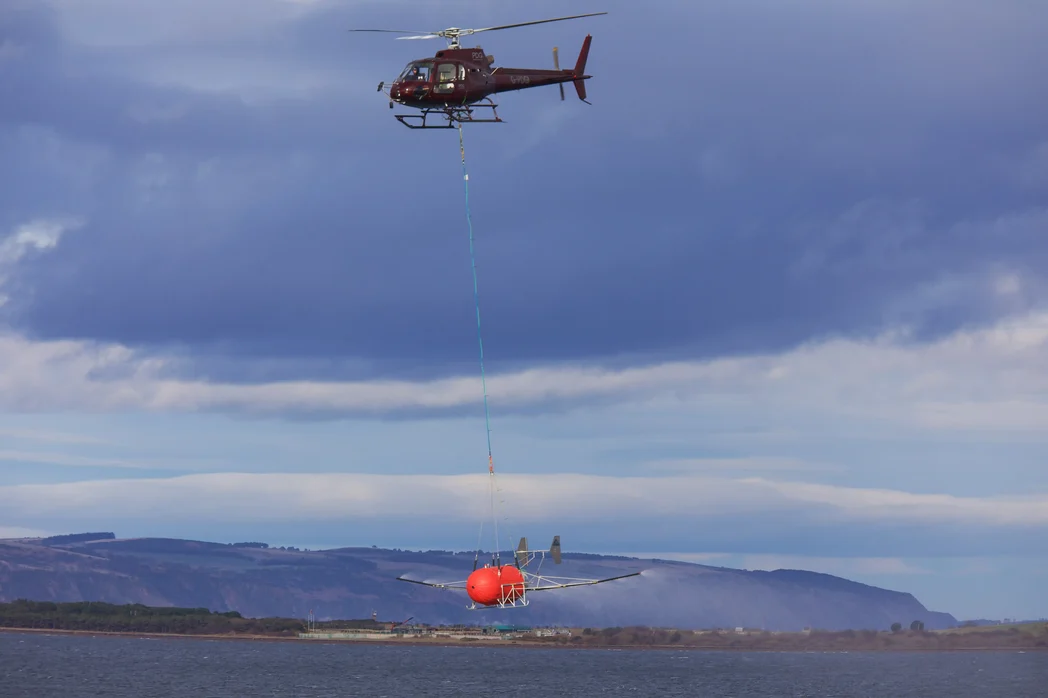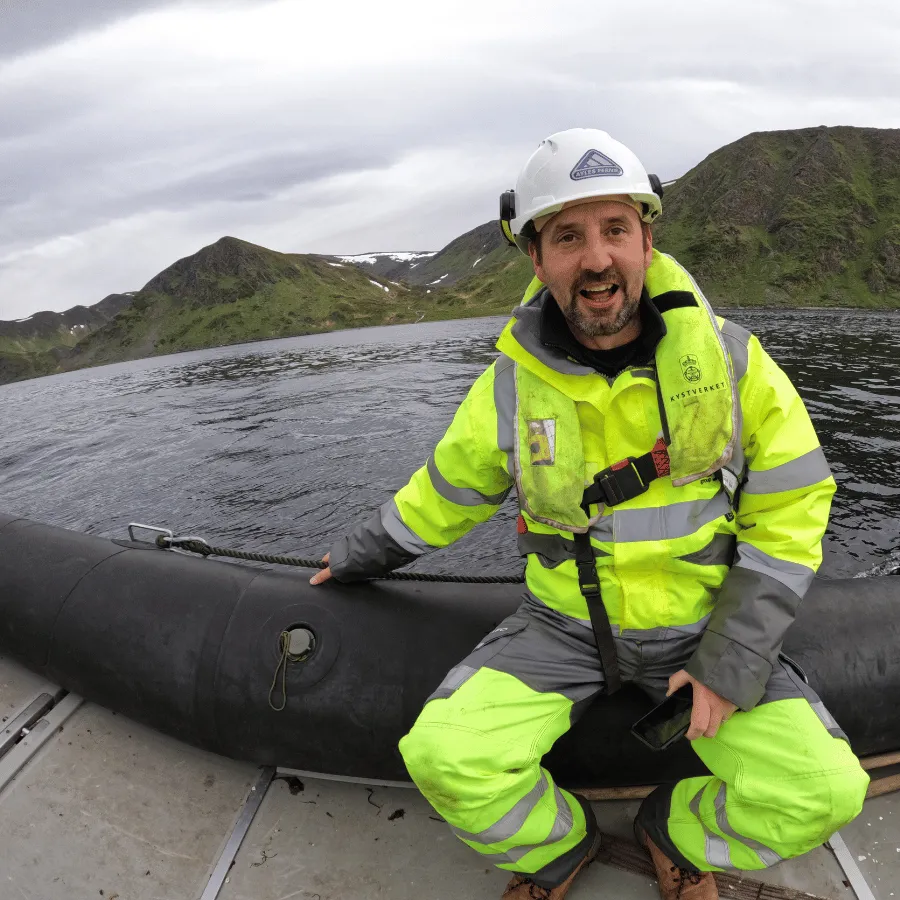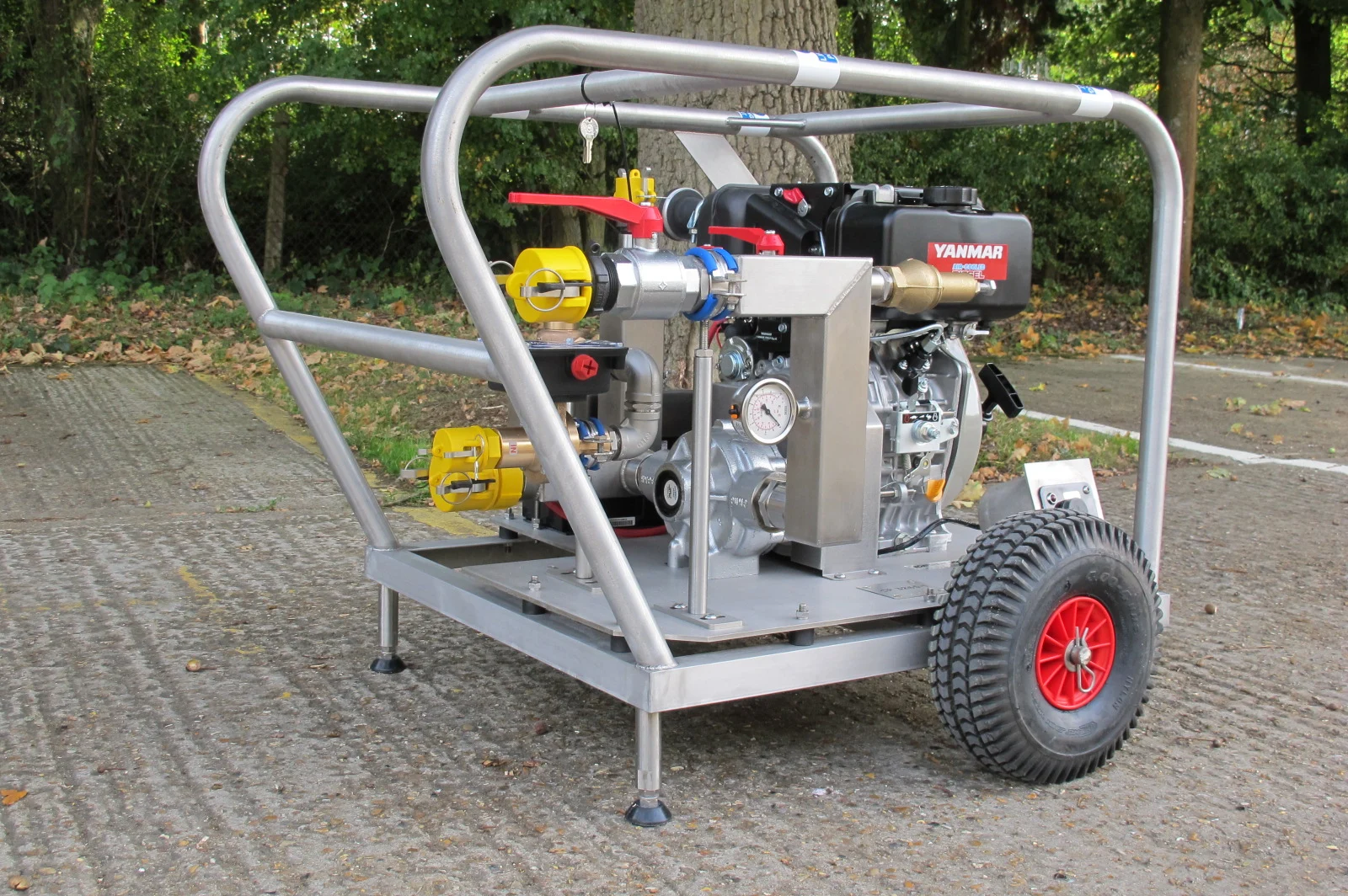
September 5, 2025
The Norwegian Coastal Administration (NCA) required a method for dealing with potential oil spills along its extensive coastline, much of which falls within the Arctic Circle. Using aerial dispersants is an effective option for difficult to reach areas, however having an adapted aircraft on standby is a very expensive option. Existing underslung solutions for helicopters were not meeting all the requirements of the NCA. A new solution was needed.

“I was involved from the very first design sketches. From looking into mass and load calculations to building the first prototype. I even drove the van with the STRATUS on a trailer up to Scotland for flight testing. To say we got some funny looks on the motorway would be an understatement!”

The NCA requested that the system be operable from inside the cockpit. One of the reasons for this is that the helicopter might have to travel some distance before reaching the site of the spill. It’s essential that the diesel engine powering the system doesn’t run out of fuel before reaching its destination, so the system can be switched on when required from within the helicopter.
The most important factor was the safety of the helicopter and ground Crew. Plus ensuring the STRATUS system could be safely loaded and transported via a helicopter. We also needed to ensure the load would be stable and fly in the correct direction. We spoke with several helicopter operators to ensure all risks were understood and mitigated.
Once we understood the risks, we engaged with aerodynamic experts to ensure the underslung load would be predictable and behave as the pilot expected.
So far, we have designed, manufactured and supplied both 2000-litre and 1000-litre variants – both versions have undergone rigorous testing over the Moray Firth in Scotland.
Check out the video of the STRATUS during testing.
The system has been tested with several pilots, who have all given excellent feedback, stating the system was very stable up to 90 knots both in the forward direction and during banked turns.
The final solution delivered to the NCA included:
That first system produced for the NCA is now based in Svalbard, in the Arctic Circle.
The STRATUS started life as a bespoke project, but it is now available to order. The tank is available with and without insulation, depending on the climate in the location of its intended use, and a tank size of up to 3,000 litres is an option.
Find out more about the STRATUS system.
Ayles Fernie is currently working on the MKII version of STRATUS taking on board the improvements that we wanted to make to the system, plus the feedback from the NCA. It is through use that we can continually improve our products to make sure they work in the most efficient and effective ways.
Read about more of our work in our latest case studies.

September 5, 2025

October 28, 2024

August 29, 2024